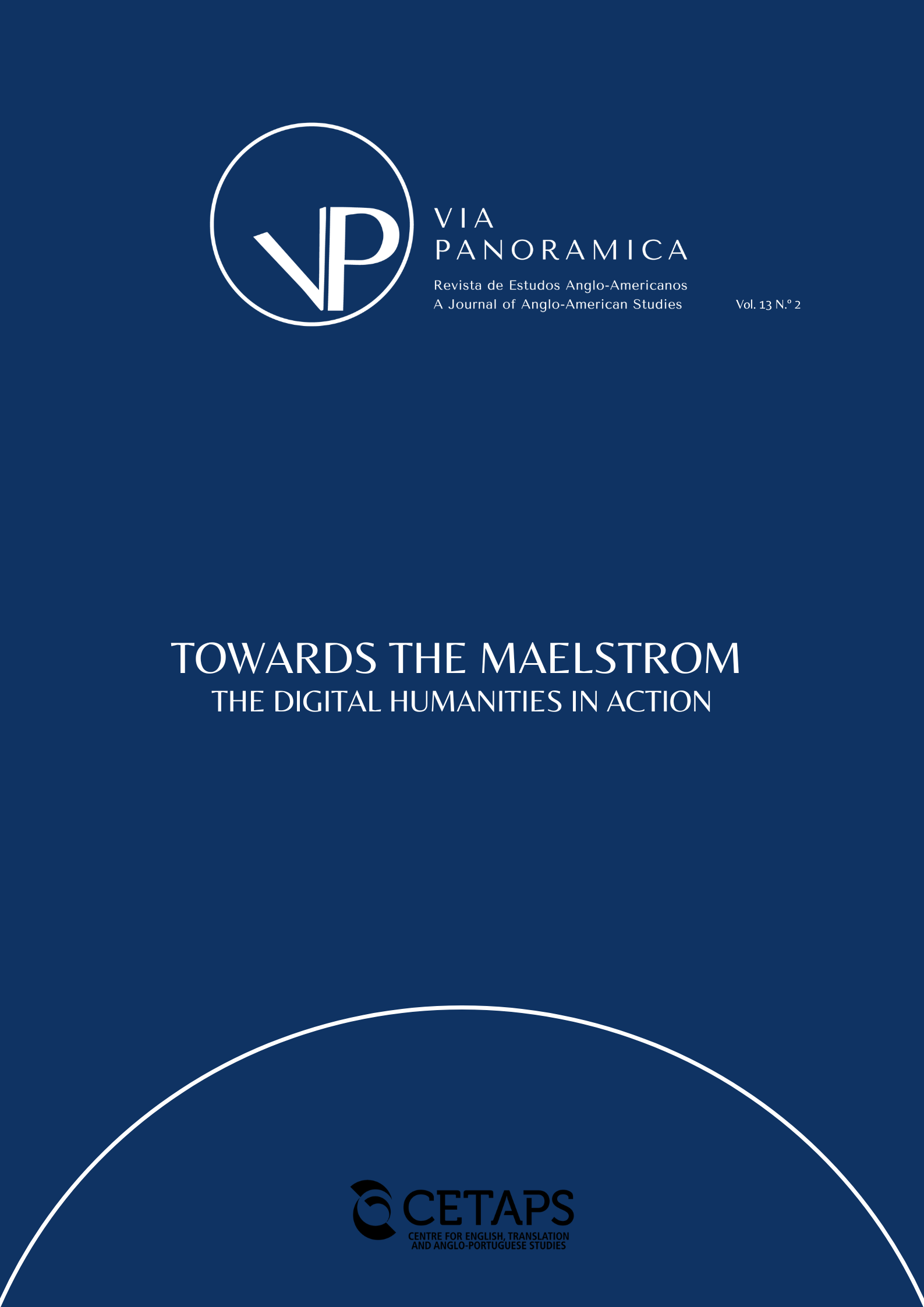The Great Between
Liminality and Liminal Aesthetics in the Filmography of Charlie Kaufman
Keywords:
Liminality, liminal spaces, liminal aesthetics, Charlie KaufmanAbstract
In recent years, an online subculture dedicated to the appreciation and exploration of the aesthetic of empty spaces that evoke eerie and surreal feelings has sprouted on forums such as 4chan and Reddit. Users have taken to calling these “liminal spaces”, defined by existing in a state between being utilities and being ruins. Liminality has been defined in the fields of sociology and anthropology as the quality of being in between two stages of social and/or cultural status. This article aims to explore the filmography of American writer-director Charlie Kaufman through the lens of liminal aesthetics, pointing to instances of this aesthetic of emptiness in his three directorial works, connecting it to each film’s themes and attempting to form a narrative of liminality in the director’s body of work. In the introduction, there is an exposition of the online phenomenon of liminal aesthetics, a short review of literature on liminality and liminal spaces, and a section on liminality in Kaufman’s works. Afterwards, there are analyses of liminality and its aesthetics in his three directorial features: first, Anomalisa (2015) and the liminal space between “isolating” and “overwhelming”; second, I’m Thinking of Ending Things (2020) and the liminal space between “real” and “imagined”; and, third, Synecdoche, New York (2008) and the liminal space between “not yet” and “no longer”; these are ordered from the smallest to the largest liminal space present in the film. Finally, the conclusion will attempt to connect the three works through the thematic matrix of liminality.
Downloads
Published
How to Cite
Issue
Section
License
Copyright (c) 2024 Via Panoramica: Revista de Estudos Anglo-Americanos / A Journal of Anglo-American Studies

This work is licensed under a Creative Commons Attribution-NonCommercial 4.0 International License.




